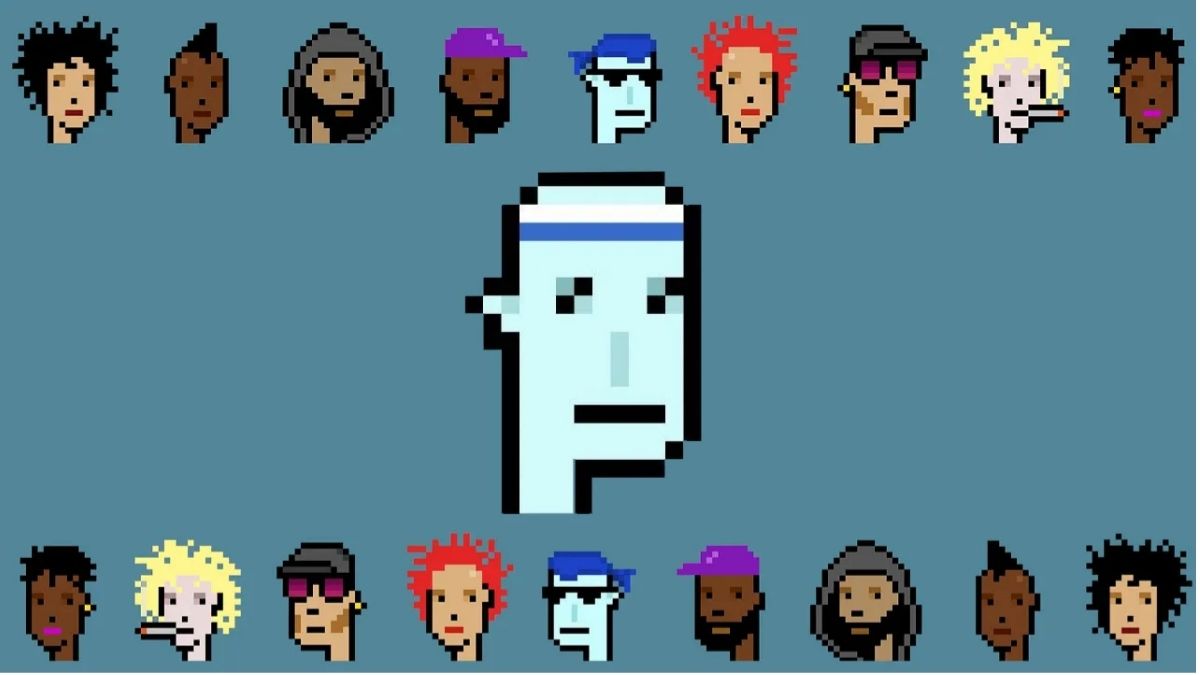Piracy is the act of illegally reproducing copyrighted material. Art is protected by copyright from piracy, and in this article, we will focus on art piracy. Art is essentially the creative work of any individual. So far, we can deduce that art piracy is the illegal reproduction of any individual’s creative work.
The beauty of Art has made the industry a booming one. As of 2021, the buying and selling of fine Art have valued the global art market at $65.1 billion. However, like every other thriving industry, Art is also susceptible to forgery by people who infringe on artists’ copyright. In this way, the economic and moral rights that should be accorded to artists are limited.
With the rise of technology, art forgeries have also become more sophisticated and rampant. As a result, both modern and contemporary artists are now victims of art piracy. However, regardless of how technology is being used to perpetrate illegality and art piracy, technology can also be used to solve the problem of art piracy.
How do NFTs help the art industry?
A Non-fungible token, popularly called NFT, is a unique digital representation of a work of Art. Non-fungible tokens are one way that art piracy can be reduced to a great degree. NFTs operate through blockchain technology, providing a decentralised, transparent and autonomous form of transacting. When stored on a blockchain, it represents something in a digital format – in our case, Art. Therefore, the problem of art piracy can be solved through NFTs with the open, non-traditional system that blockchain operates.
How would this piracy solution work exactly?
The problem with art piracy is that it deprives the original owners of their moral and economic rights. NFTs solve this through the transparent and autonomous system it brings into the art world. Every artwork minted to an NFT is stored on a blockchain ledger, making it public. In addition, artists can be rewarded with royalties when there is a resale of their artwork. An embedded smart contract allows artists to receive a percentage anytime their work is purchased automatically.
Secondly, the ability to mint a physical or digital artwork as NFT provides a unique proof of ownership and guarantees the value of such artwork. An example of a digital work commodity created and sold as NFT is Beeple’s “Everydays: The first 5000 days,” which was sold for over $69 million. Essentially, when you mint your artwork into an NFT, you are creating a digital commodity that can be valued. Furthermore, NFTs allow you to distinguish an original artwork from a copy by proving through the ledger that you own it.
What’s next?
Through blockchain technology, NFTs present a unique digital representation of authentic artworks. When an artwork is minted to an NFT, the issue of such artwork being subject to piracy is reduced. The only thing left is for dedicated art collectors to utilise the resources provided by NFTs to verify any artwork they desire to purchase. In this way, they do not become victims of art piracy.
















